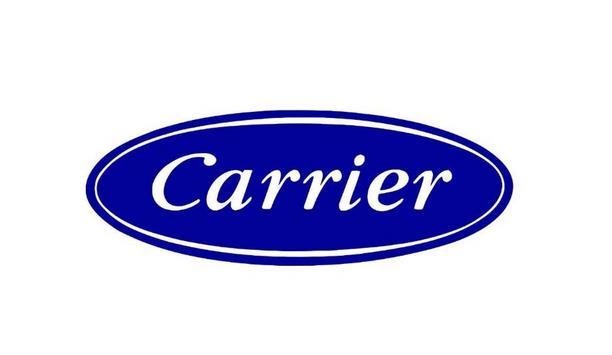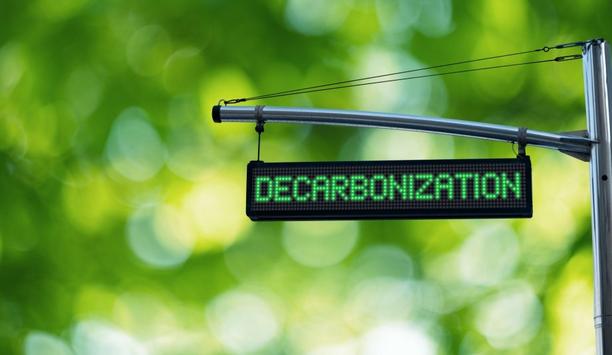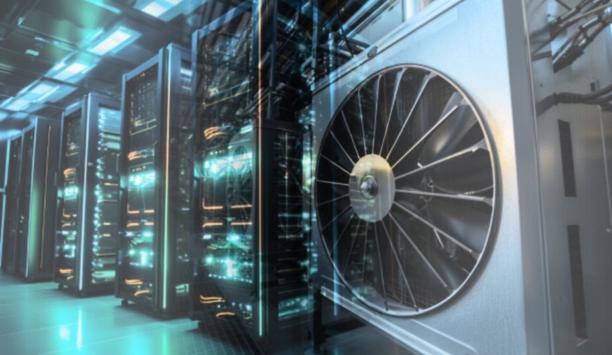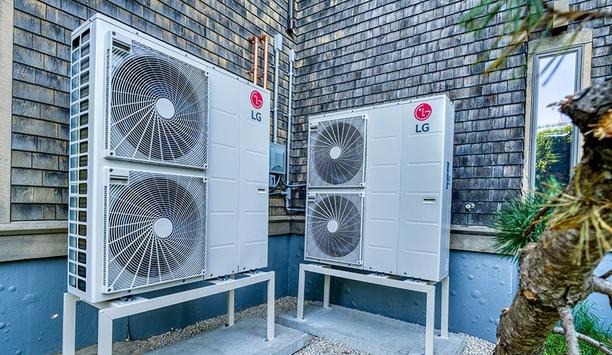A well-functioning heating and cooling system is crucial for maintaining comfort and energy efficiency in the home. To ensure they make the best decision when purchasing a new AC, it’s essential to do the research and tick every box. That’s exactly what this article is here to help them do.
The heating and cooling checklist will cover everything they need to consider before buying a new air conditioning unit or heater. From assessing the current system to choosing a qualified installer, they’ll cover it all.
Heating and Cooling Buyers Checklist
1. Assess the Current System
Another good reason to assess the current system is to determine what they will and won’t like about their new unit
The first step to buying a new AC is taking a look at the existing system (if they have one). If the existing unit is 10 years old or older and is constantly breaking down, all while offering reduced heating and cooling performance, then it’s definitely time for a replacement. Similarly, if the existing system isn’t very energy efficient, then it could be worth upgrading.
However, if this is the first time that the air conditioner has experienced problems and it’s in pretty good condition overall, then it might be cost-effective to repair it rather than replace it. If they’re on the fence, check out these 13 signs that it’s time to replace the air conditioner. Another good reason to assess the current system is to determine what they will and won’t like about their new unit.
Maybe they want to switch from an AC that covers one room to a system that covers the whole home. Perhaps the existing unit was always too noisy, and they wanted to prioritize quiet operation. Maybe they really like the remote control on the current unit and want to look for a system with the same or similar interface. If they already have a separate heating system, maybe they just want a new air conditioner. And if they’ve already got a separate cooling system, maybe they just want a new heater. Or maybe they want a combined heating and cooling system in one.
2. Determine the Heating and Cooling Needs
Now that they’ve reflected on the current system, they can think specifically about what they need from a new heating and cooling unit. Specifically, they need to calculate the size and heating/cooling capacity required for the home or business.
Determining the exact size and output they need from an air conditioner can be a pretty complex task, but generally speaking, here are the things they need to consider:
- Climate: Here in Melbourne, summers are usually hot and dry, while winters are cool but not nearly as cold as in other parts of the country/world. They won’t have to worry as much about extreme humidity or extreme cold when buying an AC in Melbourne, but these days can occur on the fringe and may affect the performance of some heating and cooling units.
- Insulation: How well insulated is their home? Do they have large, uncovered windows, and are there gaps between doors, windows, and floors? The better sealed and insulated the property is, the less work a heating and cooling system will have to do. They shouldn’t buy an oversized AC to compensate for poor insulation, but rather, they should insulate and seal efficiently so they can get the right-sized system.
- Orientation: How is the home-oriented in relation to the sun? If the main living and sleeping areas get more afternoon sun, they might need greater cooling capacity in summer to compensate for the extra heat.
- Room size/property size: The larger the room/property, the greater the heating or cooling capacity required. They can learn more about finding the correct size air conditioner here.
- Central or Space: Central heating and cooling can warm up or cool down the entire property at once. Space heating or cooling is designed for a single room. Think about how much of the property they will be using at any one time and make the decision accordingly.
3. Research and Compare Air Conditioning Types
Now that they’ve considered their general needs, it’s time to get into specific system types, brands, and models. Here are the main contenders to consider:
Reverse Cycle Air Conditioning Units: If they want heating and cooling from one system, then reverse-cycle air conditioners are by far the best option. Utilizing heat pumps, these units boast up to 600% energy efficiency, which far outperforms other options on the market.
Whether they want climate control in one room or the whole home, these systems can deliver. Choose between ducted reverse cycle heating and cooling or reverse cycle split systems in Melbourne. Split systems (or ductless systems) combine an indoor unit and an outdoor unit, while ducted systems replace the indoor unit with concealed ducts and sleek vents.
Refrigerated or Evaporative Air Conditioning: After reverse cycle systems, the next most popular options are refrigerated air conditioning and evaporative cooling in Melbourne. Both of these air conditioners are cooling-only systems, so they’re not appropriate if they’re also looking for a heater.
Evaporative coolers are ducted systems that can naturally cool the entire property. They are preferred by people who want to be able to keep their windows open and those who prioritize eco-friendly cooling. However, they don’t work as well on really humid days.
Refrigerated air conditioning units are usually ducted, but they can also buy cooling-only split systems that utilize refrigerated cooling technology. These units provide more precise and powerful cooling that works well even on humid days, so they’re preferred by anyone who wants to get the most from their AC. However, doors and windows must be kept shut during operation.
Gas Ducted Heating with Add-On Cooling: Gas ducted heating remains an incredibly popular option in Melbourne, although reverse cycle systems are coming for its crown.
As the name suggests, these systems are both central air conditioners and heating-only options, so they’re only appropriate if that’s what they are looking for. However, if they consider it ahead of time they can implement add-on cooling at the same time or at a later date. This allows they to have a central air conditioning system that uses the same ducts as the gas heating.
Gas Space Heaters and Gas Log Fires: Gas log fires and gas space heaters are designed to heat just the room they are located in, with no cooling capacity. Generally speaking, they’re better off getting a reverse cycle split system if they want space heating, as these units also come with air conditioning and offer greater heating capacity. However, if they want an esthetic centerpiece in the room that also doubles as a heater, a gas log fire is a good option.
Hydronic Heating: Hydronic heating is Melbourne’s most unique heating option. Unlike the most common types of AC, these units use hot water rather than hot air to warm the home. Hot water is delivered to towel rails, trench convectors, radiator panels, underfloor heating systems and more to warm these surfaces and create radiant heat in the home.
Hydronic heating can be installed in one room or the whole home, but it’s often best left for new builds as the installation process can be complex. Cooling may also be available through hydronic systems.
4. Understand Energy Efficiency Ratings
Lower power consumption also means a more environmentally friendly air conditioner
No matter which type of air conditioner they choose, it’s essential to select an energy-efficient system. Luckily, Australia’s energy rating system is easy to understand. Every heating and cooling appliance they look at should have a label with an energy star rating and energy consumption information.
The more stars the appliance has, the less energy it will use and the more they will save on energy bills. Lower power consumption also means a more environmentally friendly air conditioner. The energy consumption information lists energy consumption in kilowatt-hours (kWh). This number can be used to easily compare AC models of all sizes. The fewer kWh consumed, the better!
5. Consider Features and Functionality
These days, heaters and air conditioners come with a wide range of features. Some key functions and additional features to consider include:
- Zoning: Allows they to heat and cool areas of the home separately when they have a ducted system – great for energy efficiency and cost savings.
- Sensors: Detects when there is/isn’t activity in the room and adjusts heating and cooling accordingly. Smart sensors can also adjust based on temperature levels.
- Wi-Fi and Smartphone Control: Allows them to control the AC from anywhere and everywhere.
- Air purifiers: Improves indoor air quality, fights odors, bacteria, pollen, and more!
- Timers: Set the system to automatically switch on/off at any time. A common feature of programmable thermostats/smart thermostats.
- Inverters: Allows the system to power up and slow down gradually for eco-friendly operation.
- Modes: Including eco-mode, quiet mode, night-time mode, and turbo mode.
- Self-Diagnosis: Analyses, diagnoses, and helps them to resolve system issues.
- R32 Refrigerant: If the unit uses refrigerant, choose R32, the most eco-friendly option on the market.
- Self-cleaning: Automatic system cleaning when the system switches on/off.
6. Investigate Reputable Air Conditioning Brands
Whether they want ducted air conditioning in Box Hill, split air conditioning in Rowville, or hydronic heating in Balwyn, the team can recommend the best brands. Some of the pioneering heating and cooling brands in Australia include:
- Bonaire
- Brivis
- Daikin
- LG
- Panasonic
- Rinnai
7. Budget and Financing Options
Different types of air conditioners will vary in price depending on the type, brand, and features. Average costs for the supply and installation of a single split system may be around $2000, while a full ducted unit with multiple outlets can cost $10,000 or more.
While energy-efficient models may have a higher upfront cost, they can provide long-term cost savings through reduced energy consumption. There are also Buy Now Pay Later options in many cases, with six months interest-free through Australian Climate Systems.
8. Choose a Qualified Installer
Professional air conditioning installation is critical for optimal performance and warranty protection of the new heating and cooling system.
To find a reputable and qualified air conditioning installer in the area, ask for recommendations from friends, family, or online reviews. Additionally, ensure the installer provides regular maintenance and servicing to keep the new AC system running efficiently and prolong its lifespan.















